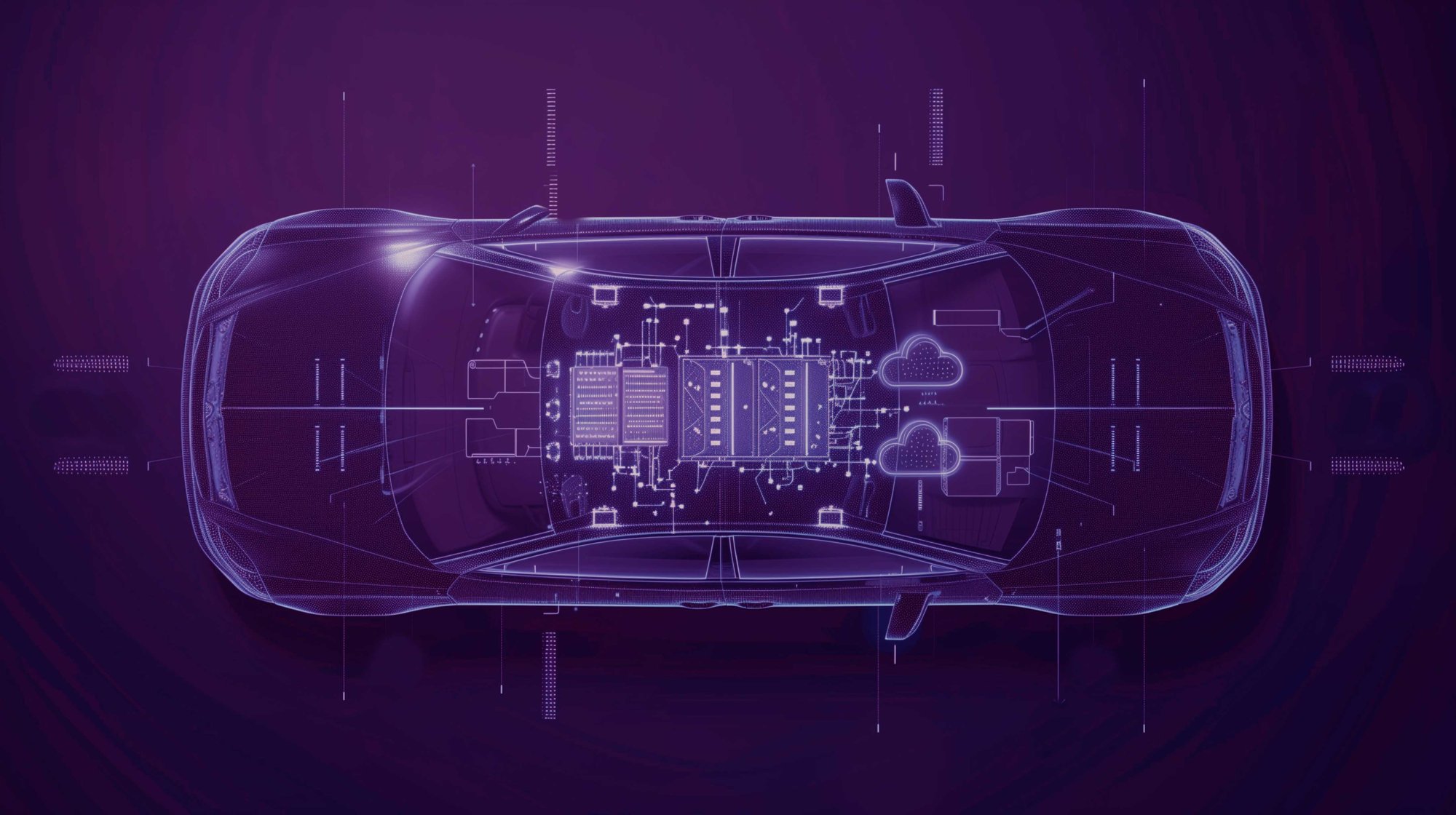The benefits of replacing hardware with software

A software first approach
In the rapidly evolving automotive industry, one of the most transformative shifts is the move from traditional hardware-based systems to more adaptable, scalable software-driven solutions. As we advance towards a future defined by autonomous driving, electric vehicles, and connected car ecosystems, vehicle manufacturers must rethink their approach. Embracing software over hardware not only offers enhanced functionality but also positions automakers to thrive in a technology-driven landscape. Below, we delve into why vehicle producers should replace hardware with software and how this transition can lead to a multitude of benefits.

1. Enhanced Flexibility and Scalability
One of the primary advantages of shifting to software-centric vehicle systems is the inherent flexibility and scalability they provide. Unlike hardware, which is fixed and costly to upgrade, software allows for rapid updates and modifications. Manufacturers can introduce new features, improve existing ones, or fix bugs through over-the-air (OTA) updates, similar to how smartphones receive software updates. This flexibility allows vehicles to stay current with technological advancements and customer preferences without the need for physical alterations.
2. Cost Efficiency
Replacing hardware with software reduces the need for multiple specialized components, leading to a more streamlined manufacturing process. The cost of developing, testing, and integrating physical hardware is significantly higher than that of deploying software solutions. With software, automakers can achieve economies of scale by using common platforms across different models, minimizing development costs and accelerating time to market. Additionally, software updates can reduce the need for recalls, further cutting down on costs related to warranty and repairs.
3. Improved Vehicle Performance and Safety
Software can enhance vehicle performance by optimizing systems in real time, adjusting parameters to improve fuel efficiency, handling, and overall drivability. Advanced Driver Assistance Systems (ADAS) and autonomous driving technologies rely heavily on software to process data from sensors and make split-second decisions that enhance safety. As software algorithms improve, so too do the capabilities of these systems, enabling more sophisticated and safer driving experiences.
4. Customization and Personalization
With software at the core, vehicles can be more easily customized to meet individual driver preferences. From personalized infotainment options to tailored driving modes, software allows for a high degree of personalization that can be adjusted and modified even after the vehicle has left the dealership. This level of customization not only enhances user satisfaction but also opens up new revenue streams through subscription-based services and app-based purchases.
5. Better Data Management and Connectivity
Software integration enables vehicles to connect seamlessly to the cloud and other devices, facilitating the collection and analysis of data. This data can be used to improve vehicle performance, monitor system health, and predict maintenance needs. Moreover, connectivity enables the development of intelligent transportation systems where vehicles communicate with each other and with infrastructure, enhancing traffic management, reducing congestion, and improving road safety.
6. Environmentally Friendly
By replacing hardware with software, the automotive industry can contribute to sustainability. Each activated TPI software license usually replaces a hardware-based dTPMS which causes an estimated 0,2-0,4kg of electronic waste over lifetime, depending on the architecture and design. A TPI-equipped vehicle unit saves 7,8 kg CO2-equivalents compared to a dTPMS-equipped vehicle.
7. Staying Competitive in a Tech-Driven Market
As the automotive industry becomes increasingly competitive with the entry of tech giants and startups, traditional vehicle manufacturers need to stay ahead of the curve. By adopting a software-first approach, automakers can accelerate innovation, quickly respond to market demands, and maintain a competitive edge. This transition also opens the door to partnerships with tech companies, further enhancing the development of advanced automotive technologies.
8. Future-Proofing
The automotive landscape is continually evolving, with trends such as autonomous driving, electrification, and connectivity gaining momentum. By focusing on software, automakers can ensure their vehicles are future-proof, capable of adapting to new technologies and regulatory changes. This adaptability is crucial as vehicles become more like "smart devices on wheels," requiring regular updates to remain compliant and functional in a rapidly changing environment.




